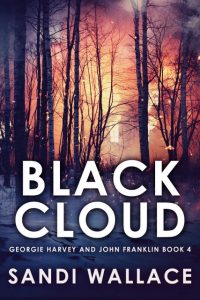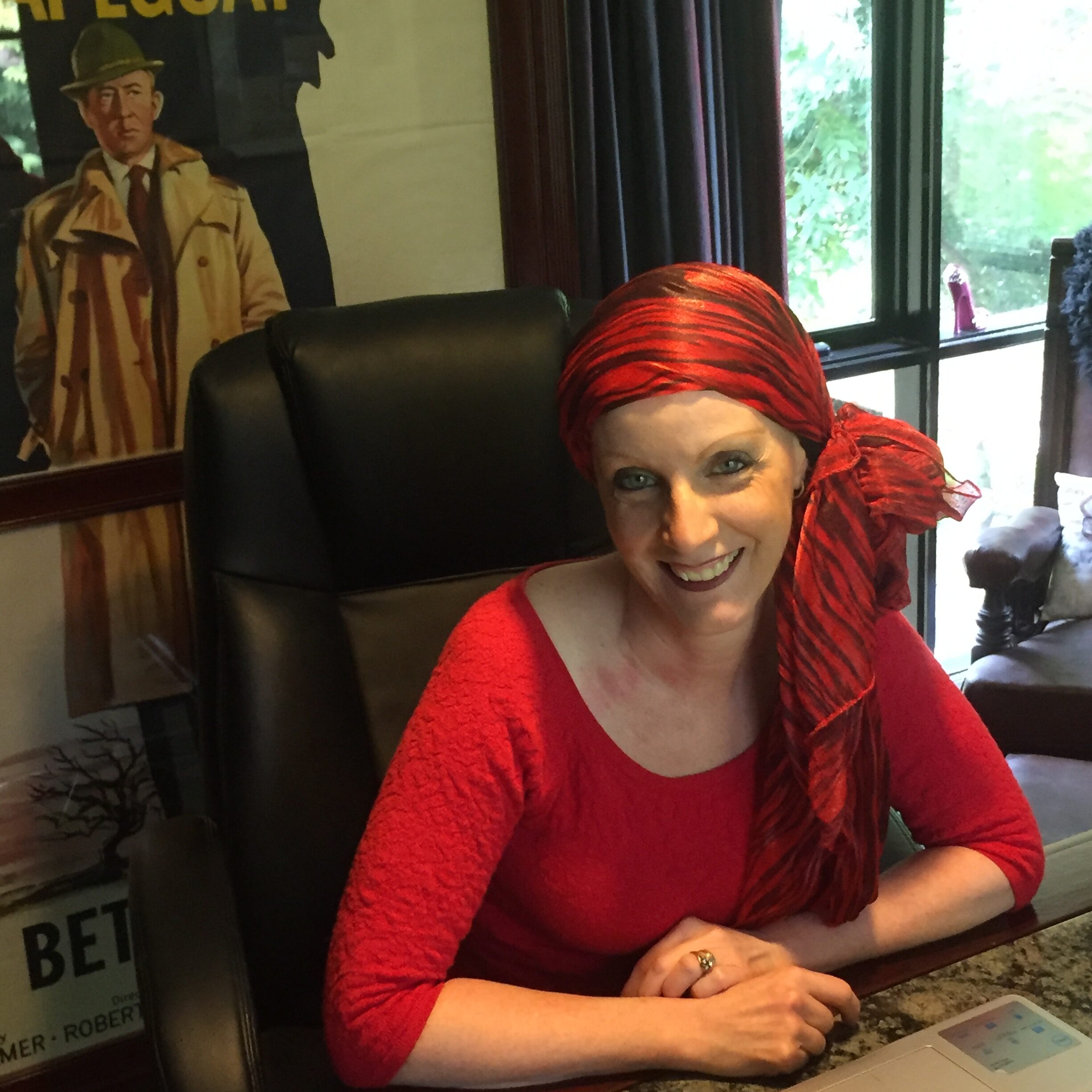When we pick up a crime novel, we have expectations. Perhaps we anticipate that it will have a serious crime, or a memorable, possibly larger-than-life central character … or two or three. We may want high stakes, something surprising yet credible, or a story packed with rising conflict, making it powerful and urgent.
But what can elevate a book from ‘enjoyable’ to a favourite that resides vividly in our memories is often a strong sense of place. So strong, that place acts as a character. Great crime novels reflect the mood of the times and milieu and pull the reader into the story, to reside in that world. They can even affect the readers psychologically, whereby the novel stays with us as an association of character, crime and place.
Examples that spring to mind include C.L. Taylor’s Sleep — which is about a woman driven to insomnia by a recent trauma who has escaped to the remote Isle of Rum in Scotland during wild, wintery weather only to find herself among six strangers, each with their own secret.
Or B. Michael Radburn’s The Crossing — about a father grieving for his missing daughter and his broken marriage who is confronted by the disappearance of another young girl. It takes place in the dying town of Glorys Crossing in the Australian island state of Tasmania in midwinter.
And Melanie Raabe’s The Trap — where a hermit and best-selling author is haunted by her sister’s murder and determined to exact retribution. Her home is both a sanctuary and a trap in a beautiful, remote setting surrounded by meadows and woods, in Germany during autumn.
Location in great crime stories is more than time combined with longitude and latitude, more than the physical representation of when and where the crime occurred. Sure, the place is a physical thing, built or natural, urban, rural or on the fringe, or even somewhere in an alternate universe, but it exceeds being a mere park, dark alley, concrete city or dusty declining town.
It is more than just a location because of the emotional presence within those places that the author draws upon. The human factor. The characteristics of age, race, ethnicity, gender, marital status, income, education, and employment that contribute to the practices, ideologies, values, beliefs, emotions, attitudes, and norms of the people that reside there. People in a place don’t all think and do the same things, but they do influence each other both positively and negatively. These social relations are often peculiar to one place.
Adding to the human factor is the environmental pressures on the place. These include circumstances of time, objects and weather or other conditions that impact the landscape and the community and affect the lifestyle and the survival of the people. These could be sudden and severe events … or long-lasting, pervasive issues. Say, a natural crisis of drought, flood, fire, infestation or disease, or a man-made one, such as a prolonged economic downturn, garbage strike or power outage — or even a number of issues in combination.
How people act or react to these pressures will be distinctive and are all part of the unbreakable circle of place, people and environment. The pressures might be causative of a crime, or pivotal to how it plays out. Either way, they will also bring out the people’s best and worst, and there will be a sense that this could only happen in this place, at this time.
When an author combines the elements of place, people and environment, the story can be imbued with atmosphere, unease, tension and believability. Suddenly, even if the area is beautiful it also has a dark side.
Crime fiction often works well in a limited geographic space or a socially intimate community. It may be a broad expanse of land that is sparsely populated out in the bush, or a tiny country town. Of course, these are both equivalents of an Agatha Christie trope, a mystery occurring inside a mansion, or on a secluded island, or in a hotel in the wake of a ferocious cyclone. Even stories set in the urban jungles of Melbourne, London or the political hotpot of Washington can be just as rich with atmosphere and just as memorable.
Some writers prefer real locations, others make up fictional ones. Either way, the sense that the author knows that place, its people and its local pressure points is what propels some novels from enjoyable to unforgettable.
 Sandi Wallace is a long-time member of Sisters in Crime Australia, and an avid reader and writer of crime fiction. Black Cloud (Next Chapter) is Sandi’s latest, and fourth, rural thriller set in country Victoria. She grew up in suburban Melbourne but now lives in the beautiful Dandenong Ranges. Besides reading and writing, she loves fitness and strength training, canoeing, bike riding, country drives, and cosying up at home with her husband and furry family…
Sandi Wallace is a long-time member of Sisters in Crime Australia, and an avid reader and writer of crime fiction. Black Cloud (Next Chapter) is Sandi’s latest, and fourth, rural thriller set in country Victoria. She grew up in suburban Melbourne but now lives in the beautiful Dandenong Ranges. Besides reading and writing, she loves fitness and strength training, canoeing, bike riding, country drives, and cosying up at home with her husband and furry family…
Connect with Sandi on Facebook www.facebook.com/sandi.wallace.crimewriter, or Instagram www.instagram.com/sandiwallacecrime, or follow her website www.sandiwallace.com.
